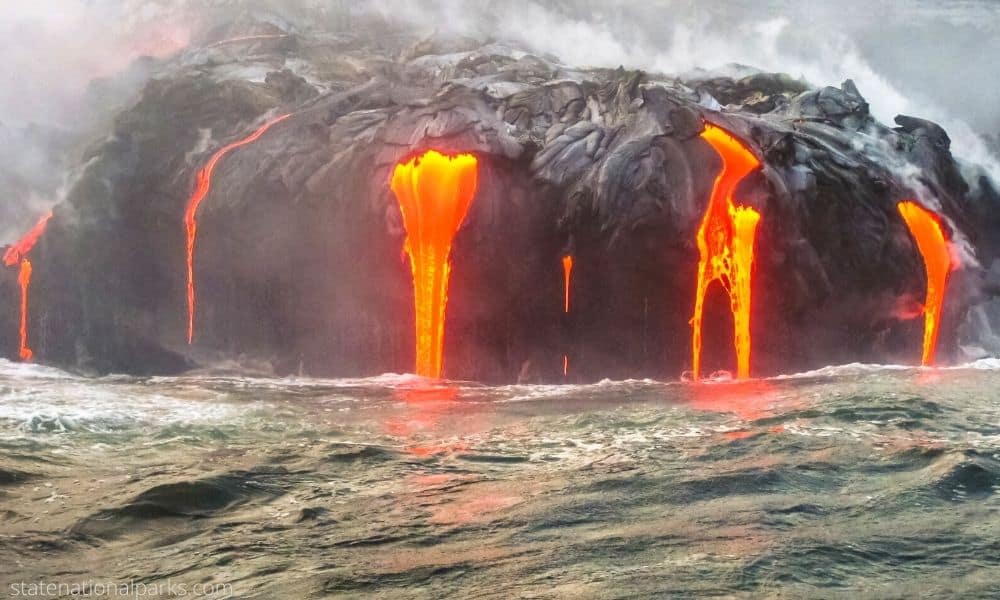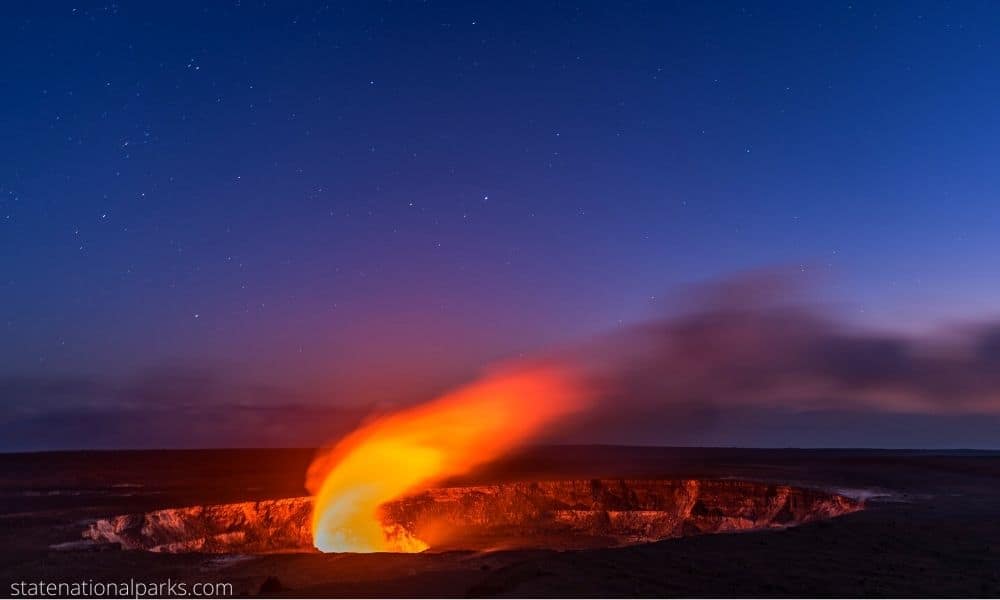 Hawaii Volcanoes National Park lies on the Big Island. In its core are the Kilauea and Mauna Loa volcanoes. The Crater Rim Drive connects the crater to the gate at the Mauna Kea Museum and the Museum features a nature display and an outdoor sculpture garden. The Chain of Craters Road snakes through lush, forested terrain.
Hawaii Volcanoes National Park lies on the Big Island. In its core are the Kilauea and Mauna Loa volcanoes. The Crater Rim Drive connects the crater to the gate at the Mauna Kea Museum and the Museum features a nature display and an outdoor sculpture garden. The Chain of Craters Road snakes through lush, forested terrain.
The public domain has been used for over a hundred years for the preparation of maps, prints, illustrations, and prints. Since the launch of the Polynesian voyages in the early nineteenth century, Hawaiian islands have been influenced by all things exotic. Maps have been prepared from local information, island legends, mythology, and topography. Maps of the Hawaiian Islands utilized the seamount chain along with other elevations and surface elevations. Seamounts are areas of volcanic prominence where lava flows out into the open sea. Maps were prepared using information about each individual volcano.
Today, the Hawaii Volcanoes National Park lies on the very edge of the active volcano Thirteenth Island. This island is a portion of the Leeward side of Hawaii Island. Surrounded by green surrounding mountains, it is the most northwestern point of the island chain. Map projection technologies employed at that time made it difficult to view Thirteenth Island while driving across the island. It became accessible with the advent of digital mapping in the 1990s.
As the name suggests, the Hawaii Volcanoes National Park was formed as a result of the eruption of Kilauea Volcano on the big island of Hawaii. The eruptions brought a massive amount of lava and high winds to crush the top of the caldera, resulting in the collapse of part of the mountain. The resulting crater now lies on the eastern rim of the Limahuli Garden, and it can be seen with the help of public domain aerial photographs. The area was named the Kilauea Canyon after the Hawaiian goddess of healing and rain.
Another significant volcano on the big island of Hawaii is Mauna Loa. Surrounded by lush vegetation and completely protected by the sea, it is one of the most beautiful spots in Hawaii. The US National Park Service designated the land as a protected park in 1960 because of its scenic beauty and serenity. Although it is no longer in use as a volcano, visitors may still enjoy the scenery and take a walk around the huts built by native Hawaiians.
Aside from the three active Hawaiian volcanoes mentioned above, there are also other interesting sites on the island that may interest you. While at the Hawaii Volcanoes National Park, you can also go to the Crater of the Month, Mauna Thaulahu and Hanalei Bay. For those who would like to see a rare alpine environment while exploring Hawaii, the Oahu’s Wailua-Kona area is the best place to go. The Crater of the Month is a great place for hikers, while the other two offer more thrilling adventures. The best time to visit Hawaii is from April to October, as the climate here is relatively mild during this period of the year.
The weather in Hawaii Volcanoes National Park can vary depending on the time of year and the elevation of the area you plan to visit. Here are some general weather patterns for Hawaii Volcanoes National Park:
- Summer (June to August): Summer temperatures in Hawaii Volcanoes National Park are generally warm and pleasant, with daytime temperatures ranging from the mid-70s°F (mid-20s°C) to the mid-80s°F (low 30s°C). It can be humid at lower elevations, but temperatures are cooler at higher elevations.
- Fall (September to November): Fall weather in Hawaii Volcanoes National Park is similar to summer, with warm and pleasant temperatures. Rain is more common in the fall, but it’s still a good time to visit the park.
- Winter (December to February): Winter temperatures in Hawaii Volcanoes National Park can be cooler, especially at higher elevations. Daytime temperatures in the low 70s°F (low 20s°C) are common, but nighttime temperatures can drop to the mid-50s°F (low 10s°C). Rain is also more common in the winter, especially on the windward side of the park.
- Spring (March to May): Spring is a good time to visit Hawaii Volcanoes National Park, as temperatures are warming up and the park is less crowded than in the summer. Daytime temperatures can range from the mid-70s°F (mid-20s°C) to the low 80s°F (high 20s°C).
Overall, it’s important to check the weather forecast before your trip to Hawaii Volcanoes National Park, and to be prepared for changing weather conditions. Be sure to bring appropriate clothing and gear for the season, including rain gear and layers for cooler temperatures at higher elevations. It’s also important to stay hydrated, especially if you plan to do any hiking or other physical activities in the park.
Related posts:
Hawaii Volcanoes National Park is a world-famous park located on the Big Island of Hawaii. It is home to two of the world's most active volcanoes, Kilauea and Mauna Loa, and is a popular destination for nature lovers and adventure see...
Hawaii Volcanoes National Park offers many opportunities for tourists and locals alike. For a vacation at its best, explore Hawaii's famous "Jagger Museum," the "Greene Care Mine Tour," or take a "Skywalk" over Halona Sounds. The park also includes h...
The dormant grandeur of a volcano like active Puakea Volcano in Oahu or active Hilina Volcano in island of Hawaii certainly enthralls thousands of travelers and seekers of new sceneries every year. These grandeur volcanoes are certainly beautiful to ...
Hawaii Volcanoes National Park is located on the Big Island of Hawaii. The main aim of the park is to conserve and protect the natural resources of Hawaii Island. It was inaunaval, a part of the Na Pali Coast, has been declared as a national park. Th...